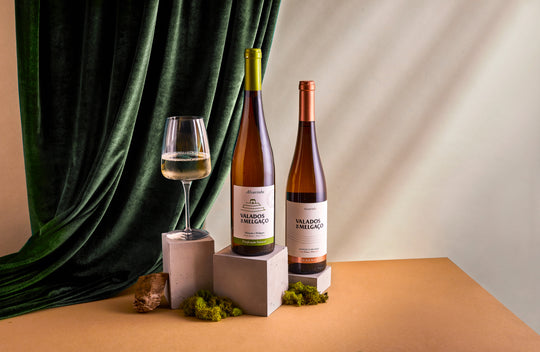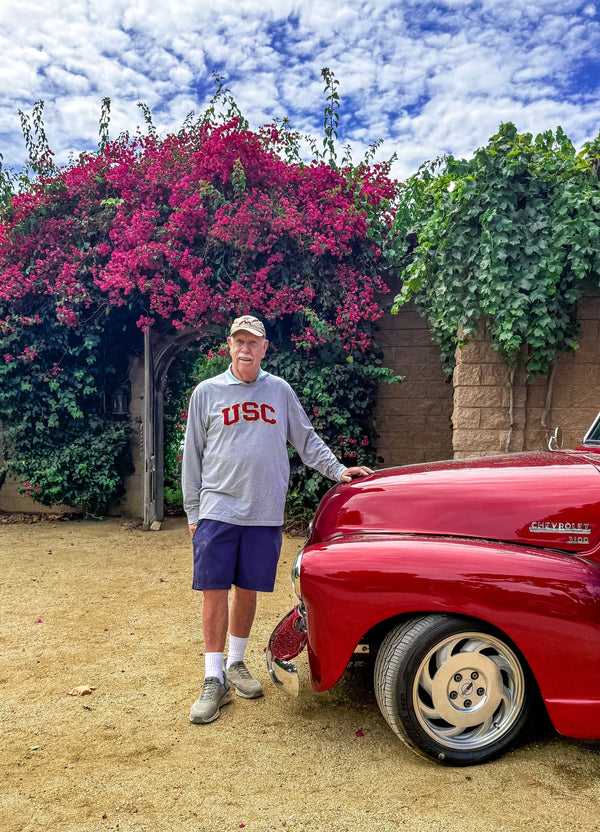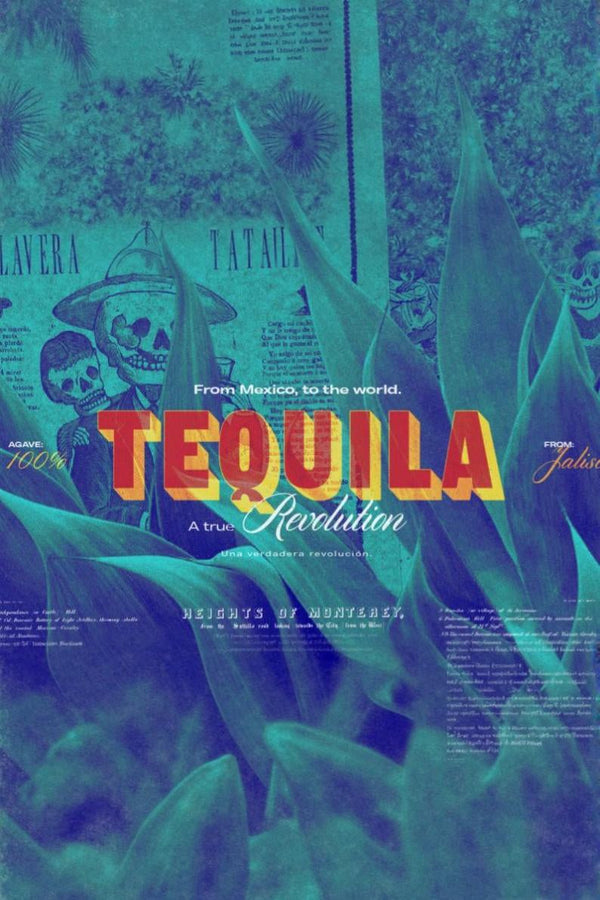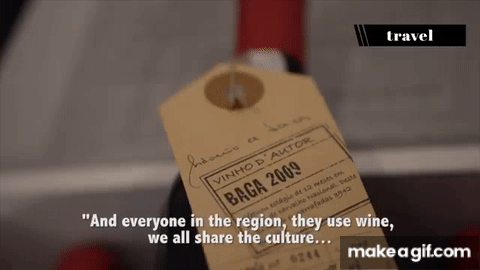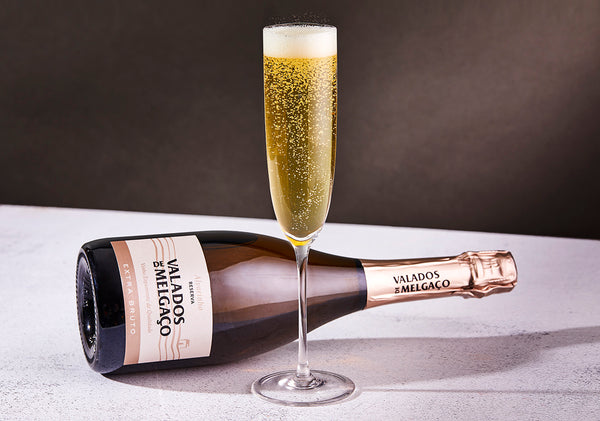Singani in the U.S., a Bolivian spirit revolution

After leading the Cuban Revolution along with Fidel Castro and cementing his fame as the archetypal revolutionary, Ernesto “Che” Guevara traveled to Bolivia in 1967 hoping to repeat the feat.
“Che” believed that land-lacked country’s geographical location was ideal to start a revolution movement that would extend throughout South America.
Instead, he found his demise and became a legend.
Fifty-three years later, that legend has spearheaded another revolution, this time in the U.S. and having to do with spirits and more specifically with Bolivia’s national liquor, Singani.
HOLLYWOOD CONNECTION
It’s a spirit revolution that began in 2007 when film director Steven Soderbergh was presented with a bottle of singani while filming the movie “Che”.
A self-professed vodka-guy until then, the taste was a revelation for Soderbergh, who wanted more of the drink. But at the time, no one exported it.
It was only made for domestic consumption, as it had for hundreds of years. Produced only in the Bolivian high valleys, singani has been distilled since the 16th century when the Spanish arrived in South America. Initially, it was made from grapevines brought by monks who needed sacramental wine. The name for the drink is believed to come from a village near the mission that first distilled it.
The drink, a close cousin to Peru’s pisco but a bit drier and with a slightly spicier flavor, is said to have been created to satisfy the demands of the wealthy residents of Potosi, a silver mining output that was at one time the richest city on Earth. They wanted a cheap replacement to orujo (another type of brandy imported from Spain) and the wine producers came up with singani.
The name is now a Domain of Origin and a Geographical Indication. To be classified as singani, the spirit must be made from the ancient white Muscat of Alexandria grapes originally cultivated in Egypt, one of two varietals brought to the Americas by Jesuits.
In 2014, Soderbergh introduced it to palates in the United States. The acclaimed filmmaker launched his spirit brand Singani 63 with Casa Real distillery in Bolivia.
But he’s not the only one bringing singani to North American imbibers.
U.S. foreign service officer Ramon Escobar—whose family is Bolivian—has also brought his own brand, Rujero, to bars and shops.

The name comes from the Spanish word rujir (to roar), the sound of the Rujero river that passes through the Bolivian vineyard where it’s made as it swells up with rains in the surrounding Andes mountains.
Another large producer of singani is Los Parrales, an 80% proof drink that is still pretty smooth and aromatic.
The singularity of the drink—classified as a brandy for international trade purposes—comes from Bolivia’s high elevation grapes and distillation process, which is closest to eau-de-vie. Being at altitudes of more than 5,000 feet, the sun is more intense, improving the thickness of the grape skins and the boiling point for distillation is set at a lower level.
The production process involves several distillations and the addition of water in some cases to obtain varying levels of quality. Singani is aged between six months and one year in French oak or copper barrels.
Free of methanol and congeners (which can contribute to hangovers), the result is a drink that retains most of the flavor, aroma and scent of the grape, giving it a dried fruit, sweet and spicy notes flavor.
Despite its high alcohol content of about 40% proof, Soderbergh, who has said he was used to the second burn of the vodka, found singani a lot smoother because after the first taste, it just vanished.
COCKTAILS
Bolivians usually drink the white, unaged spirit on the rocks (the way Soderbergh prefers it), or with a bit of ginger, a slice of lime. Others try it with Italian soda.
But as singani is introduced in U.S., bartenders are finding new ways to present it and developing a wide range of cocktails.
You can go from the traditional “Bloody Mary” with fresh tomato juice, lemon juice, dashes of Tabasco and Worcestershire sauce, a bar spoon of horseradish, pinches of pepper and salt, all stirred together and poured into a highball glass with ice. Garnish it with fresh vegetables.
Another way to try it is in a “Vesper”, mixed with Botanical gin, Lillet Blonde over ice and strained into a coupe glass. Garnish with a lemon twist.
Or savor a “Bensonhurst” with Dry Vermouth, Maraschino Liqueur, Dashes Cynar, all mixed over ice and strained into glass, garnished with orange peels.
In Bolivia, the favorite cocktail is the “Chuflay”, which first appeared in the 18th century when English rail workers who were craving ginger ale and gin replaced the gin with singani. They named the drink “short fly” (meaning a shortcut), which became “chuflay” when pronounced by the local population.
Highly versatile, you can even try it in a margarita, swapping singani for the tequila or in cold days, Bolivians recommend “Te con Te” (tea with tea), a combination of singani with hot black tea, lime and cinnamon, that’s perfect for warming up chilly bones.
Regardless of how you drink it, tasting singani is a way to sample a bit of the Andes in your mouth and get to know a new spirit culture that is sure to revolutionize your palate.
It’s a drink that will make you say “la vida es buena” (“Life is good”), the traditional toast when drinking singani.

The Night Fox
By Sam Willy of Gabriel Kreutzer, New York City
• 2 oz. Singani 63
• ½ oz. Lillet
• ½ oz. St. Germain
• 2 dashes orange bitters
• Absinthe (or another anise liqueur), to rinse the glass
• Orange peel, for garnish
Fill a mixing glass with ice. Add the Singani 63, Lillet, St. Germain, and bitters, and stir. Lightly rinse a rocks glass with absinthe and add a large ice cube. Strain in the cocktail and serve, garnished with an orange peel.
Sea Stories
By Alex Day of the Normandie Club, Los Angeles
• 1½ oz. Singani 63
• ½ oz. fresh grapefruit juice
• ½ oz. fresh lime juice
• ¾ oz. unsweetened coconut milk (canned)
• ¾ oz. simple syrup
• Lime wheel, for garnish
